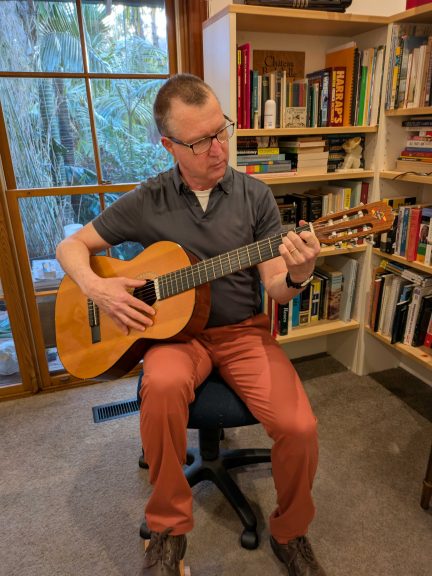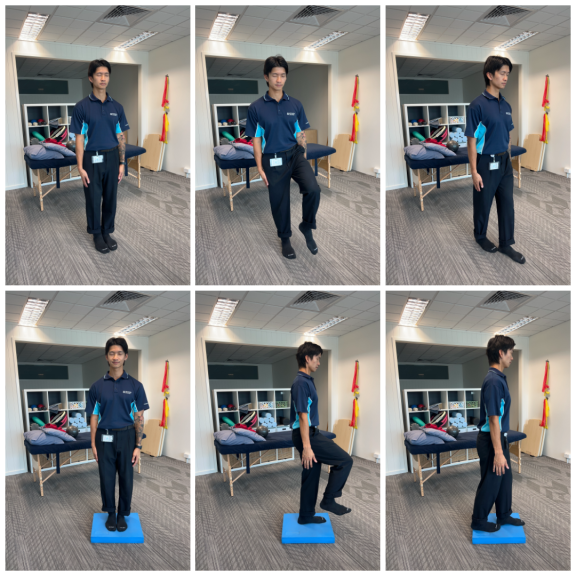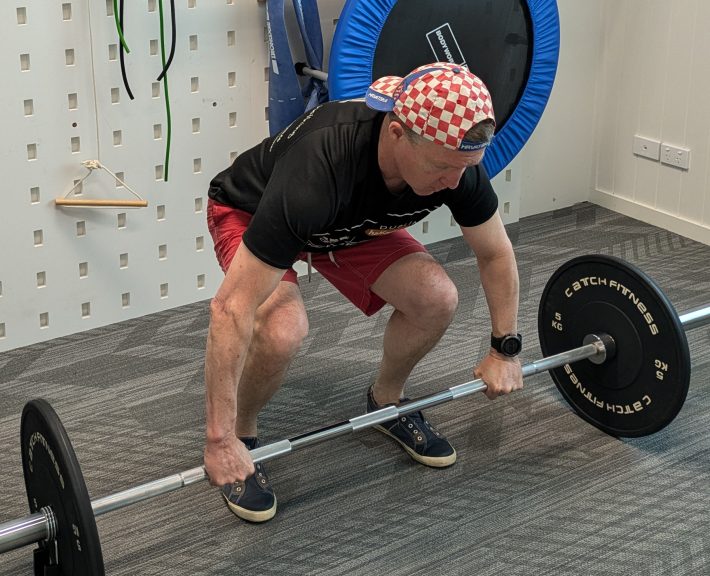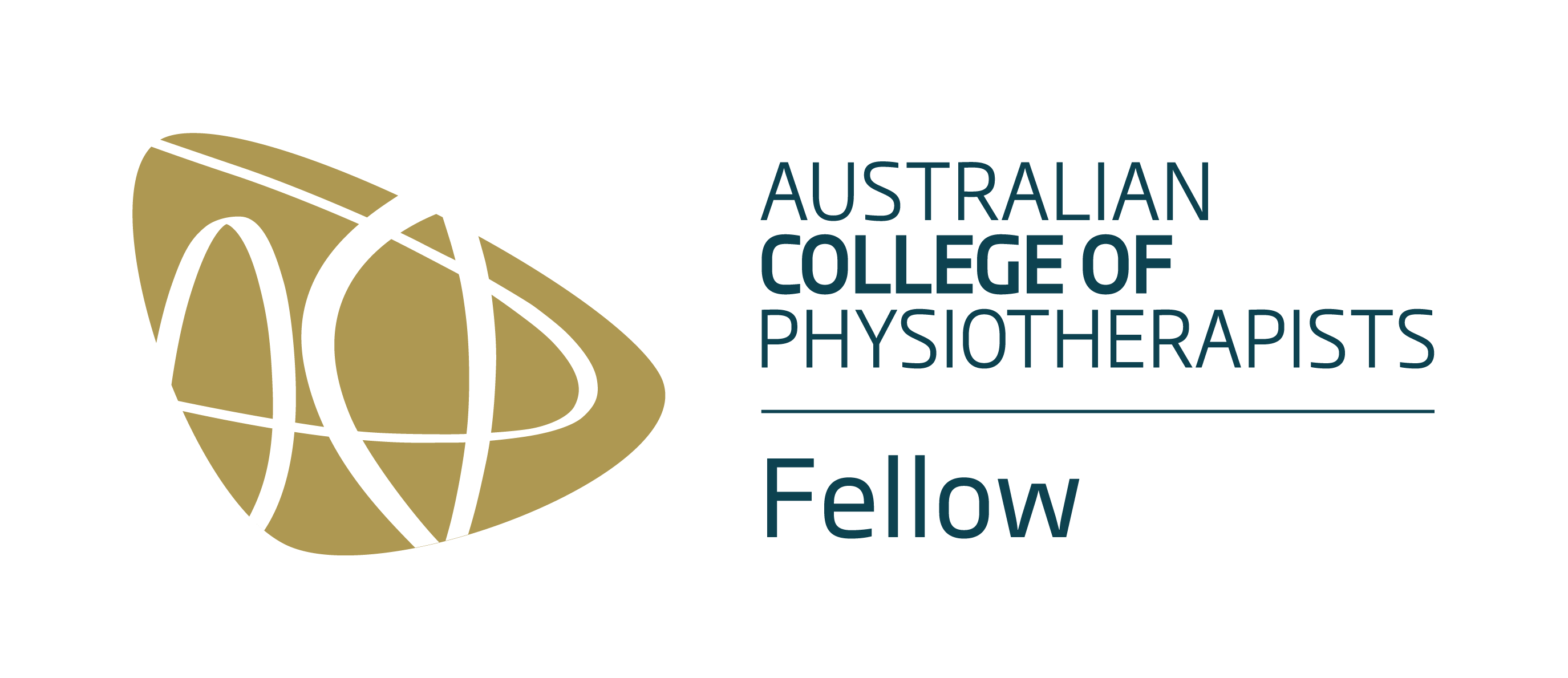What does it actually take to recover from an ACL injury?
An anterior cruciate ligament (ACL) is an important component for stabilising the knee with dynamic movements such as twisting, cutting and landing. When someone injures their ACL it can have quite a devastating effect on the knee and can change people’s lives relatively quickly and significantly. Often an injured ACL requires surgery and individuals need to commit to a lengthy structured rehabilitation process, which many patients fail to complete. This blog post will aim to explore the important elements for the ACL reconstruction rehabilitation process to ensure patients and clinicians are aware of the key elements.
An editorial piece published in the British Journal of Sports Medicine suggested that there were two important elements for outstanding outcomes after an ACL reconstruction these being, intense rehabilitation and patient motivation. These are obviously simple but incredibly powerful and should not be overlooked.
No surprises here, rehabilitation is important to recovery, and rehabilitation is often gruelling. In this same article the authors outlined that patients find ACL rehabilitation emotionally and mentally demanding. Committing to rehabilitation over 9-12 months isn’t the quick fix that we are accustomed to in our lives, instead determination, resolve and resilience is the cornerstone to intense rehabilitation. The importance of a motivating, patient centred and empathetic physiotherapist to is critical to get outstanding rehabilitation outcomes.
From a clinical perspective every physiotherapist should aim to improve lower limb strength, retrain single leg hopping tasks, facilitate sports specific rehabilitation and ensure excellent agility (Kyritsis et al 2016). From a patient perspective rehabilitation should focus on quality patient education, goal setting and repeated functional testing to provide feedback (Grindem et al, 2015).
Here at Peak MSK Physiotherapy our physiotherapists are conscious that rehabilitation should not only consist of the body but also the person. We try to ensure our rehabilitation is tailored to achieve the outcomes the patient desires with patient motivating strategies. .













